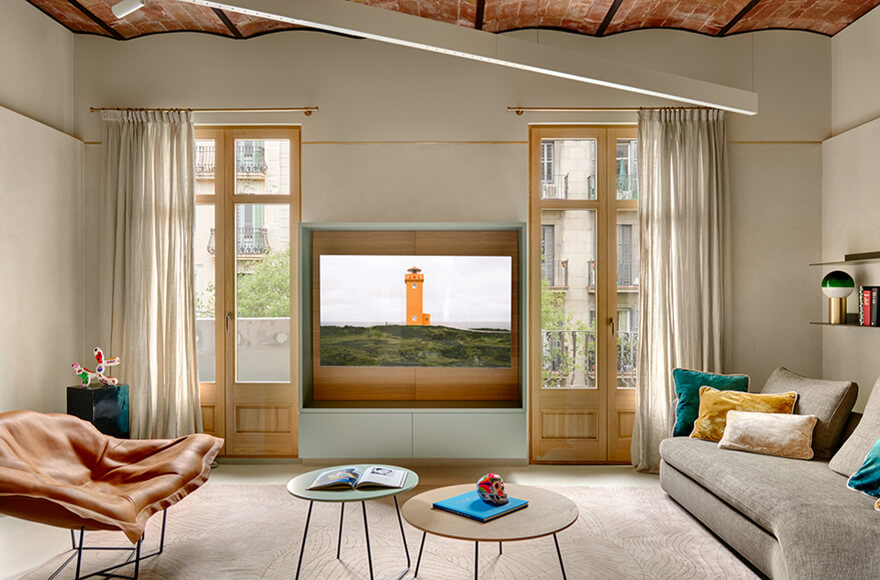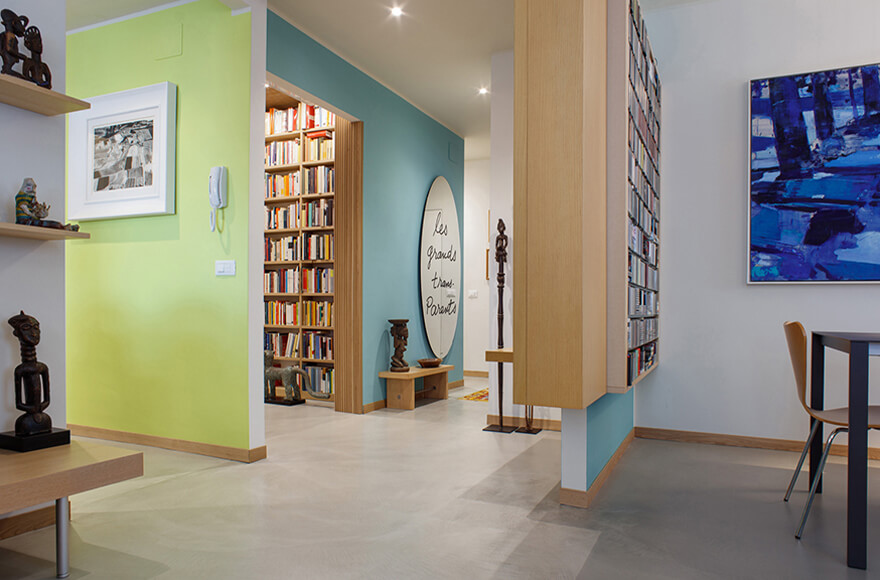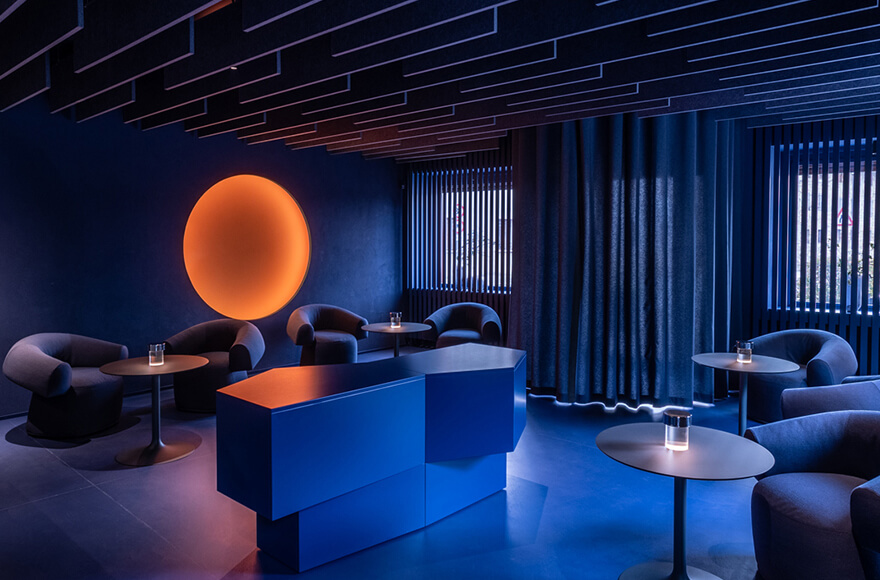We perceive the world in colour, from the landscape and the elements of nature — a world from which we have drawn the pigmentations to colour our artefacts and creations.
Behind each colour is a reference in nature. For this reason, there is always a heartfelt correlation between that element and the sensation a particular chromatic shade conveys. Furthermore, as John Gage suggests in his 1999 work “Colour and Meaning: Art, Science, and Symbolism”, colours, throughout human history, have always been associated with ideas and experiences, which made them deep-rooted, powerful cultural symbols with a certain influence on our thoughts and emotions (to learn more about this subject, take a look at to our article “Post-pandemic design colour trends“). Personal experiences are also particularly relevant — according to various studies in cognitive neuroscience, colour plays an important role in the mapping of memories and residual impressions, as well as in finding new meanings and emotional associations.
In short, colours have a profound impact on our mood, so much so that they influence our thoughts and behavioural predispositions. As a result, the use of colours in interior environments, where we spend most of our daily lives, is key. As famous British designer Tricia Guild explains, speaking of colour variation in interior design means speaking of environmental psychology.
In this article we will explain how Chromotherapy and Feng Shui fit into the discourse and we will illustrate the general psycho-therapeutic properties of the main colours.
Chromotherapy and Feng Shui
A number of disciplines such as chromotherapy and feng shui are responsible for important therapeutic contributions in the field of colour and psychology of internal environments.
Chromotherapy uses colours as a therapeutic tool, believing, as various experts such as Faber Birren in his essay “Color Psychology and Color Therapy” (1950) claim, that certain colours, when applied to an environment, affect the well-being of their occupants. In an indoor environment, a wise use of colour shades, based on a person’s specific needs, can significantly improve their quality of life.
Feng Shui, an ancient Chinese practice in use to this day, is based on the harmonisation of vital energy within environments. Feng Shui could be defined as an architectural psychology where colour is central, as it influences energy balance according to its association with the 5 natural elements and four cardinal directions. The theory of Feng Shui considers colours as important elements able to improve the harmony and positivity of a space.

Colours and the psychology of home environments
In line with Goethe’s “Colour Theory”, several medical experts and scientists have focused on the combination of colour and psychology, such as Dinshah P. Ghadiali, Theo Gimbel and Fabrizio Panattoni. It is useful to know some basic notions of colours before designing the appearance of a house’s interior, which is the environment in which one lives and carries out most of their daily activities. In addition to taste and aesthetic look, in fact, colours can greatly affect the mood and atmosphere of a certain room. Here are each colour’s main characteristics:
Red
Red is an exciting colour. It represents love, passion and energy. In interior environments, red can create an intense and welcoming atmosphere. However, excessive use of this color can cause an impression of restlessness. Red is ideal for dining rooms or spaces dedicated to conviviality, socialisation and activity.
Orange
Orange is a lively colour that evokes joy and vitality. It is known to stimulate creativity and enthusiasm. This colour is ideal for environments where you want to promote an atmosphere of positivity, such as game rooms or art rooms. However, orange can be overwhelming if in excess, so it is important to balance it with neutral shades.
Yellow
Yellow is associated with happiness, optimism and sunshine. It gives energy and liveliness to all environments. It is perfect for spaces where concentration and creativity need to me stimulated, such as studies or offices. However, excessive use of yellow can cause irritability, so it is important to dose it with balance.

-
Green
Green is the colour of nature and tranquility. It evokes a sense of balance and harmony and is known to reduce stress. It is a great choice for rooms where you want to promote calm and regeneration, such as bedrooms or relaxation areas. Green can also be used in meditation or yoga environments to encourage connection with nature.

-
Blue
Blue is the colour of serenity, peace and depth. It is known to reduce stress and promote concentration. It is an excellent choice for bedrooms, bathrooms and spaces dedicated to reflection and relaxation. Blue can also be used in offices to improve productivity and mental clarity.
Purple
Purple represents spirituality, mystery and wisdom. It is an interesting choice for the living room or spaces dedicated to recreational activities to stimulate conversation and inspiration. However, it is essential to use it carefully, as overuse can be overwhelming.